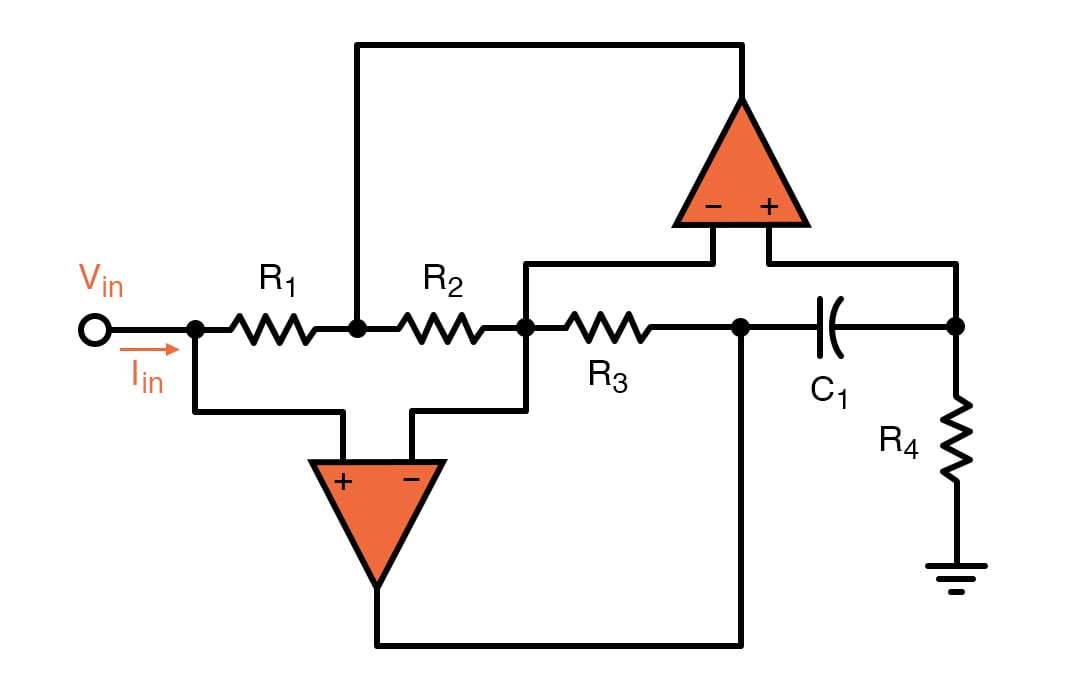

#First order rc high pass filter designer series#
As I said, upon application of the AC signal, the series RC circuit acts as a filter. How a circuit behaves upon application of a certain range of frequencies. The frequency response of a circuit tells us the behavior of a circuit with respect to frequency. In the rest of the post, I will give more info on its frequency response and try to design a passive low pass filter. Now, let see how it behaves when you apply an AC signal to it.

Up till now, we study the RC circuit behavior upon application of the DC signal. Play with the time constant and enjoy different delay timings. This is the really cool circuit you can try. The LED turns On for a short time and then turns off. When the switch (S1), turn to the LED terminal. After the transient response, the circuit gains a steady state of 5V and remains at the 5V, this is called the steady state response. Focus on oscilloscope graph, initially the capacitor has Vo equals to 3.15V, then as the switch turns On there occurs the transient response and the capacitor charges exponentially. This circuit can be taken as a basic understanding for photo flash, delay circuit. No more changes occur when a circuit reaches its steady state.Ī complete series RC circuit with a power source is given below, let try to understand it complete response using my favorite simulation software, the Multisim. The transient response is the behavior of the circuit before it reaches the steady state, while steady state response can be understood as our end goal behavior for which dwe esign our circuit. The complete response of any circuit is a combination of its natural, transient and steady-state responses. So, how do we will tackle these problems? In the next section, I try to answer these questions. And if you use this circuit in photoflash, we have to recharge the capacitor again and again. But from where the capacitor get charged. In natural response, we assume that the capacitor is initially charged. Now, let’s see the whole picture of the series RC circuit. The higher the time constant, the higher the decay rate, and vise versa. The value of a time constant determines the discharge decay rate of a capacitor. An important point to be noted is the term t, the time constant. In the natural response, the voltage and current both decay exponentially. Vo is the initial charge capacitor voltage. Upon solving this differential equation we would have the following results: The order of the differential equation depends on the number of capacitors or storing devices in the circuit. This is the first order differential equation. Now, I think let’s have a look at some mathematics involved in this circuit, and try to prove it that the current is actually decaying exponentially. The instant current means the fast exponential decaying current. This circuit is best used when attached to other circuitry, photoflash or car ignition circuit, which needs instant current. The capacitor will discharge itself through the resistor if the circuit is closed. In the case of the RC series circuit, the natural response is very clear. The natural response of a circuit means its behavior in the absence of any voltage or current source. In the rest of the post, I give more info on what happens when you apply a series RC circuit a DC (complete response), or AC signal (frequency response), or just leave it sourceless (Natural response). Meaning, it allows certain frequencies and blocks the other ones, making it a right circuit for communication purposes. On the application of the AC signal, this RC series circuit acts as a filter. This property makes this circuit ideal for photoflash and automobile ignition circuits, where you need high instant current. This charged capacitor can be used for instant discharge through other devicesattached in parallel to it, expect the resistor that is making the whole RC circuit. On removal of the DC source, the capacitor tries to discharge itself through the resistor. On the application of DC, the capacitor charges. Vin is the input voltage, which can be AC or DC depends on the application. It is a first order differential circuit because by applying Kirchoff’s Laws, the circuit ends in a first-order differential equation.ĭon’t be scared of these heavy words, they are very simple to understand. The name defines itself, it is a series circuit comprising of a resistor (R) and capacitor (C). Series RC Circuit Design, A Low Pass Filter.


 0 kommentar(er)
0 kommentar(er)
